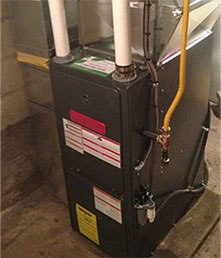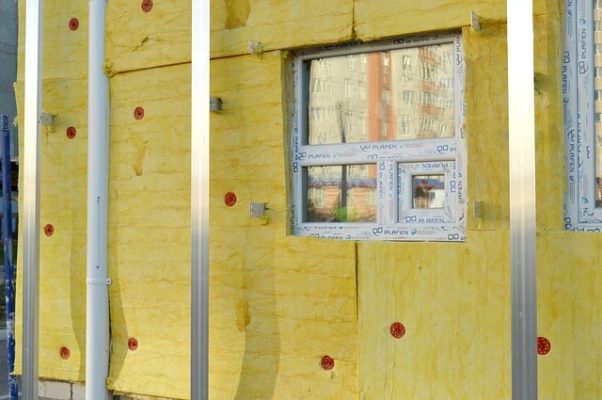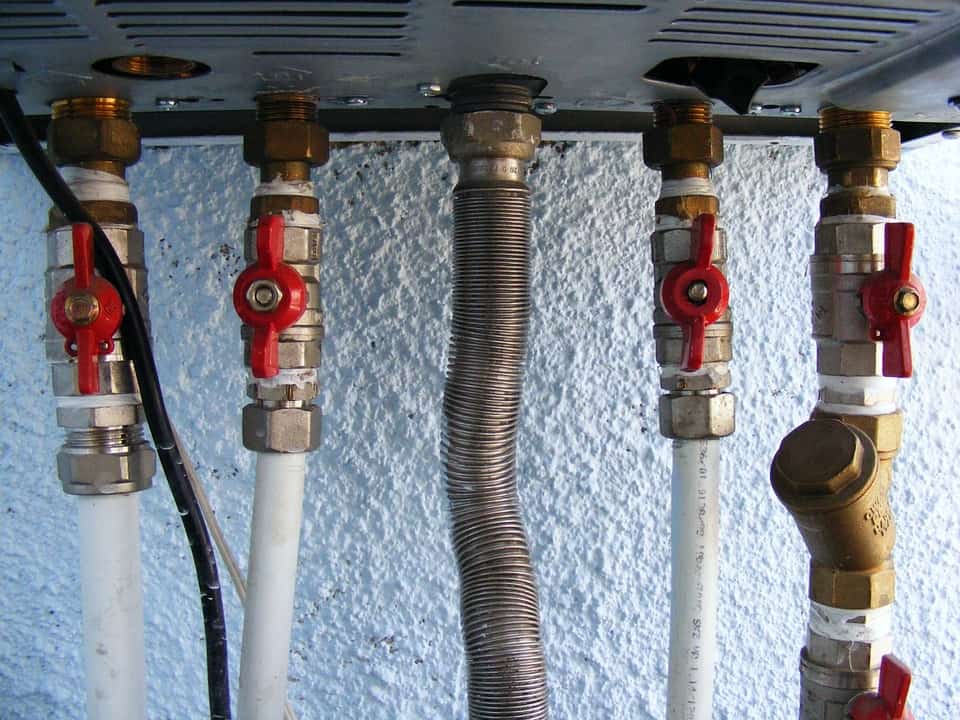Winter puts a lot of pressure on your HVAC system, and your furnace will require extra attention to guarantee it makes it to spring. Luckily, much of the preventative maintenance you can do yourself! Use this handy checklist when making the rounds; it will make keeping track of what you’ve checked and what still needs to be checked easier!
The Indoor HVAC Basics
The basic preventative maintenance checks can be performed by you. Even if you have no idea what makes the furnace work, you can still check these things to make sure they’re in working order.
- Make sure the filter is changed. They should be changed every six months to a year, depending on your living situation. If you have pets, it will need to be changed sooner.

- Purchase new filters. Whether they need changing or not, have some ready when they do need to be changed. It need be, watch your local home improvement store for sales and take advantage. The exact size you need should be on the access door.
- Check pilot light in the furnace. You’ll need to remove the cover panel to see the burner assembly and the pilot light flame. The flame should be blue, end with a yellow “tip”, and cover half an inch of the tip of the heat sensor or thermocouple.
- Check the electrical components. If you see any broken pieces or frayed wire, call an expert!
- Clear dust off the interior components. Dust can easily degrade the system.
- Test the carbon monoxide detector. This could save your life in case something is wrong and you don’t know it. Test to make sure the detector in working order and change the batteries if need be.
The Outdoor HVAC Basics
It might be cold but get outdoors regularly to check how these components are doing. It will prevent damage caused by the frigid temperatures and keep your HVAC system working.
- Clean the outdoor unit. Make sure all the leaves, branches, and other plant detritus are removed before the next step.
- Cover the AC. It’s crucial you make sure the air conditioner’s condenser is protected from the ice and snow until it’s time to use it again. You should have received a slipcover when it was installed.
- Inspect the drainage. Make sure it isn’t blocked and that no water will freeze in it during the winter.
Increasing Efficiency of Your HVAC System
 A well-run HVAC system is an efficient one, so by taking on basic maintenance, you’ll already be helping it along. There are still some things you can do to make your house more efficient, though!
A well-run HVAC system is an efficient one, so by taking on basic maintenance, you’ll already be helping it along. There are still some things you can do to make your house more efficient, though!
- Check your attic insulation. Make sure that your insulation is as efficient as possible so that the heat isn’t escaping.
- Seal the attic access door and make sure it’s insulated. Even if the attic insulation itself is in good condition, if the access door isn’t itself insulated, a lot of heat can still escape.
- Make sure the seals around doors and windows are in good condition. Repair any breaks or cracks in the seals.
- Keep the windows locked. This gives the windows a better seal and keeps more heat in.
- Program your thermostat smartly. Make sure your thermostat is on a program that minimizes how hard it has to work when no one is home or when everyone is asleep. This will be different based on the household, but it’s crucial to saving energy!
Another thing to add to your checklist should be a visit from an HVAC professional. A yearly check-up can catch any problems before they shut down your system at an inconvenient time and prevent costly repairs. Contact us if you want help implementing any of these checks!

